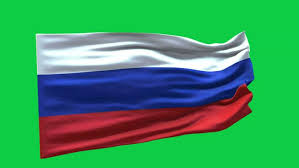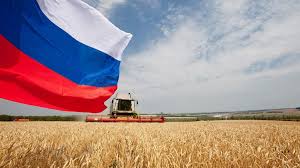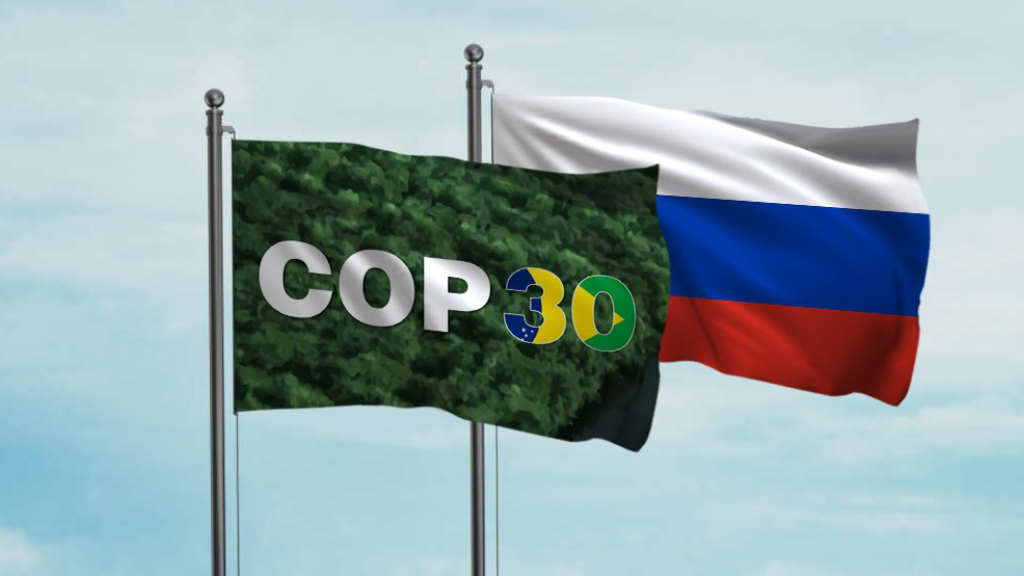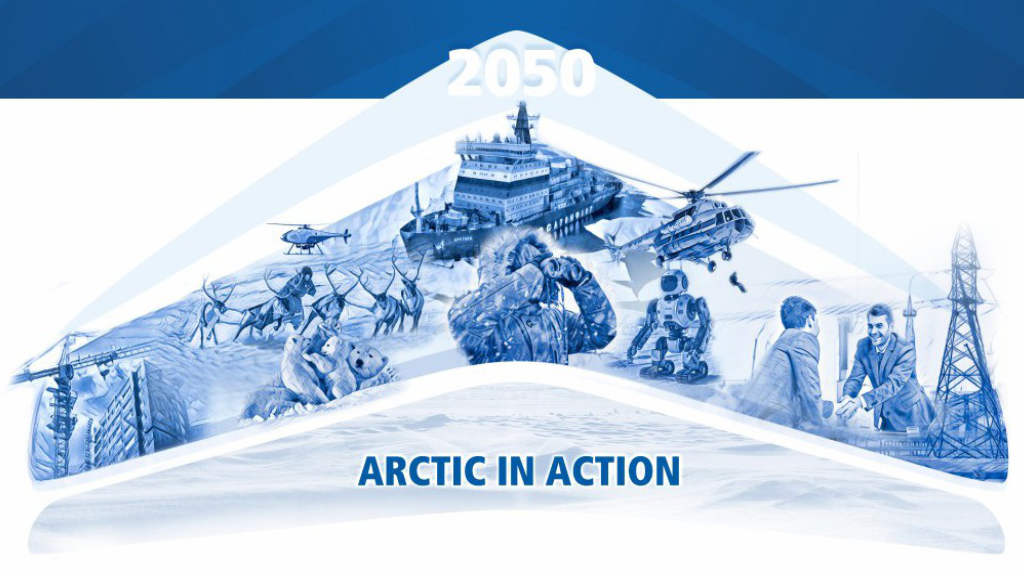As the 30th Conference of the Parties to the UN Framework Convention on Climate Change (COP-30) in Belem, Brazil, concluded without a final climate deal, the global climate agenda now stands at a crossroads. Decades of ambitious declarations from Western industrialized nations have not delivered the promised reductions in global emissions. Instead, what the world sees today is a fragmented and increasingly polarized landscape: geopolitical divisions are deepening, sanctions are disrupting aspects of green cooperation, and many in the Global South argue that Western actors often overlook their energy-security needs and fail to deliver on earlier climate-finance commitments.
At the same time, Europe’s energy crisis has pushed environmental priorities lower on the policy agenda. Even the United States chose not to join COP30, a decision that critics viewed as reflecting Washington’s vested interests in shaping global climate diplomacy and undermining global climate cooperation.
In this turbulent environment, Russia’s delegation was led by Ruslan Edelgeriev, the Special Presidential Envoy for Climate, and Igor Shumakov, the Head of Roshydromet the Russian Federal Agency for Environmental protection. They joined COP-30 in Brazil with a clear, science-based and economically grounded vision. Additionally, representatives of the Russian Public Chamber joined the official delegation for the first time, reflecting Russia’s growing emphasis on the role of civil society in shaping climate solutions.
Far from the Western media caricature of an isolated Moscow, Russia is not only present at the global negotiating table, it is emerging as one of the few nations capable of offering pragmatic, technologically credible, and globally relevant climate strategies. Russia has entered the global climate dialogue not as a passive participant, but as a nation with a serious economic strategy and significant resources, that views the green transition not as a constraint, but as a powerful source of investment, technological modernization, and new export markets.
A Science-Driven Agenda, Not Political Theatre

Russia’s participation at COP-30 underscored a critical principle: effective climate policy must be rooted in evidence, not ideology. While some Western governments attempted to use the climate agenda as a tool of political pressure demanding artificial deadlines for fossil fuel phaseout, Moscow has consistently emphasized the need for scientific precision and economic realism. This view comes as Moscow views the West’s proposals as unsuitable for the Global South countries to secure their energy needs. Attempts for example by several Western countries to impose a blanket ban on fossil fuel production at COP30 represent continually politically motivated pressure, instead of a realistic global climate policy.
In addition, during the COP30 event (and at the recent G20 summit) the West appeared to be using Ukraine to politicize climate issues, turning environmental forums into tools of geopolitical pressure. Russia has instead insisted that climate discussions should remain technical and non-political, free from what they describe as Western attempts to “militarize” the climate agenda.
The inclusion of Roshydromet’s top leadership highlights Russia’s belief that climate adaptation and mitigation cannot proceed without comprehensive monitoring systems. As Igor Shumakov noted on the eve of the conference, Russia’s expanding network of Arctic stations, satellite systems, and hydrometeorological centers form one of the world’s most important early-warning and climate-risk assessment platforms.
This approach stands in stark contrast with the Western narrative, which has often prioritized headline-friendly declarations over feasible policies. It is no coincidence that Europe after years of lecturing the world on green discipline has quietly increased coal consumption, postponed renewable targets, and put defense spending ahead of environmental commitments. It also imposed substantial import duties on Chinese-made electric vehicles (EVs), undermining global green energy cooperation and creating new trade frictions between the EU and China that not only slow global growth but also harm broader climate cooperation.
Russia’s Climate Policy & Green Finance Agenda

Russia’s updated nationally determined contribution (NDC) was approved by President Vladimir Putin in August, and set an ambitious target to implement the Paris Agreement of December 12, 2015: a 65–67% reduction in emissions from 1990 levels by 2035. This target is not just environmental, it has deep economic meaning. The cumulative net reduction potential creates the basis for new carbon markets, green finance instruments, and large-scale technological investment. The global carbon credit market, worth US$1.4 billion in 2024, is poised to expand dramatically, with MSCI projecting growth to US$45–250 billion by 2050, fueled by rising corporate demand and market integration.
Since this was debated at the Russia State Council in 2017, the green finance agenda has been gaining traction in Russia. In 2023, the Bank of Russia introduced incentives allowing banks to apply lower risk weights for financing key projects supporting technological sovereignty and economic adaptation. This has enabled Russian banks to fund certified green and adaptation projects worth around 5.4 trillion rubles (US$68.5 billion).
This represents only the beginning of a rapidly expanding Russian financial ecosystem that includes: Green investments, Green bonds and sustainability-linked loans, State-supported measures for energy efficiency, Pilot carbon regulation mechanisms such as the Sakhalin emissions market, Taxonomies for green and transitional technologies and E&S risk management, as part of a national green banking trend.
Far from being a burden on business, climate policy is increasingly seen as a mechanism for stimulating innovation and attracting capital. Russian companies from metallurgy to agriculture are integrating low-carbon strategies to enhance competitiveness in global markets where environmental standards influence investor decisions and trade flows.
Russia’s climate adaptation strategy is opening a major new investment frontier, with regions like the Far East, Arctic, and North Caucasus requiring large-scale resilient infrastructure and advanced agro-technologies. Russia’s climate adaptation investments (both internal, inward and outward) could amount to trillions of rubles in the near future, drawing interest from foreign partners in water systems, biotech, and climate services. Backed by Roshydromet’s world-class monitoring network, Russia is emerging as a regional leader in climate risk assessment and adaptation technologies. Russia and the UNDP signed two MoUs in 2021 to boost regional cooperation, including a US$4 million project to reduce marine pollution in the Caspian Sea and a US$3 million initiative to expand the Climate Box educational program globally. Additionally, Russia is funding projects in Uzbekistan and Belarus, supporting climate resilience and Sustainable Development Goals implementation, with a total contribution of US$14.1 million.
Crucially, Russia’s path to carbon neutrality by 2060 does not rely on destabilizing the economy or sacrificing energy security. Instead, this strategy reflects Russia’s unique strengths:
- The world’s largest forest reserves, absorbing an enormous share of global carbon;
- Vast wetlands such as the Vasyugan Marshes, an ecosystem rivaling the Amazon in climate-stabilizing potential. The Vasyugan Marshes, is one of the world’s largest wetlands, and play a significant global climate-regulation role. Monetizing these ecosystem services through carbon markets and biodiversity credits is a promising future industry, with the BRICS group also discussing a unified voluntary carbon market;
- High capacity for low-carbon electricity production, anchored in nuclear, hydropower, and advanced gas technologies;
- Strong scientific institutions developing a new generation of climate models, methane-monitoring systems, and adaptation indicators.
Unlike Western nations, Russia refuses to mask failures behind political pressure. Moscow has repeatedly warned that the selective sanctions imposed by Western states on it and other nations undermine the global climate agenda disrupting supply chains for green technologies, inflating project costs, and obstructing cross-border climate research. If the world is serious about climate cooperation, Russia’s view is that the green agenda must be depoliticized. Russia’s delegation was one of the few in Belém consistently advocating this necessity.
Trade, Investment and Russia’s Green Potential

Russia’s green development potential is not theoretical; it is structurally embedded in the country’s natural and industrial landscape.
- Forests and Ecosystems as Strategic Assets
Russia possess 20% of the world’s forests, making the country the planet’s largest natural carbon sink. This creates unique investment opportunities in certified forestry projects, sustainable timber exports, carbon absorption credits, forest monitoring and fire prevention technologies, bioeconomy development, biodiversity conservation and climate change mitigation. With 20% of the world’s forests and the largest wetland systems in the Northern Hemisphere, Russia can become a major global supplier of: carbon credits, biodiversity offsets, and ecosystem-based climate services. Legal reforms, satellite monitoring, and digital forest management platforms are already strengthening the country’s ability to combat illegal deforestation and increase carbon absorption.
- Clean Industrial Technologies
Russia’s heavy industries, such as the metallurgy, petrochemicals, fertilizers, and energy sectors are undergoing modernization. Investments in hydrogen production, methane capture, and cleaner combustion technologies are reducing emissions while ensuring the competitiveness of Russian exports in Asia, the Middle East, Africa and Latin America.
- Nuclear Energy as a Green Export
Rosatom is one of the world’s largest exporters of nuclear technology, with projects in Egypt, India, Iran, Bangladesh, Malaysia, Turkiye, Kazakhstan, Brazil, the African Continent, and dozens of other countries.
Russia also possesses the new generation of ‘closed cycle reactors’ and is ahead of the competition in this regard, especially as nuclear power is increasingly recognized as a clean energy resource.
This positions Russia as a global leader in stable low-carbon baseload electricity, small modular reactors (SMRs) for remote industrial zones, nuclear medicine and material sciences connected to green technologies. These exports contribute billions of dollars annually to the Russian economy and strengthen Russia’s role in global green energy development.
Climate-Resilient Agriculture and Water-Intensive Industries

Global warming is reshaping the geography of global food production. Russia’s vast freshwater reserves, fertile northern lands, and scientific agricultural institutes position the country to become a major producer of: climate-resilient crops, organic products, and water-intensive industrial goods. As droughts intensify across Asia, Africa, and Southern Europe, the economic value of Russia’s water and soil resources will only grow. Russia’s Lake Baikal holds nearly 20% of the world’s unfrozen freshwater and is the planet’s deepest, oldest lake, home to thousands of unique species. As a global freshwater treasure, Baikal underscores the importance of safeguarding clean water resources – including ensuring safe, sustainable water management at home for future generations.
Innovation and the National Climate Monitoring System
The “Most Important Innovative Project of National Significance” (MIP NS) launched in 2022 aims to create Russia’s first integrated system for monitoring climate-active substances. It brings together 42 scientific organizations from 18 regions and will produce a new Russian global climate model, advanced prediction tools for economic planning, and a unified national database for greenhouse gases. Few countries possess the technological and scientific capacity to undertake such a project.
Civil Society in Action: A New Voice at COP-30
A milestone of this year’s conference is the participation of the Public Chamber of the Russian Federation as part of the official delegation. The Public Chamber’s engagement spotlights issues that often escape high-level negotiations: the importance of natural carbon sinks, the necessity of balancing emissions reduction with adaptation, and the critical role of local communities in environmental governance. Russia’s bilateral dialogue with Brazil’s Council for Sustainable Economic and Environmental Development (CDESS) revealed promising avenues for cooperation from biodiversity conservation to low-carbon agriculture. Russia and Brazil are forging a new axis of green growth, aligning their resource-driven economies and shared BRICS ambitions to strengthen cooperation in biodiversity protection, carbon markets, and low-carbon agriculture. Their joint climate roadmap signals a long-term strategic partnership in emerging green sectors.
It also opened doors for an even more ambitious initiative: the creation of a BRICS voluntary carbon market with unified standards for climate investments. Such a mechanism would attract investors, enhance trust in green financial instruments, and provide the Global South with a powerful alternative to Western-dominated certification schemes.
Some of these are already having an impact. With Russian companies often unable to attain carbon credits on Western platforms due to sanctions, other, Asia platforms have emerged, most notably in China and India. Russia’s Tatneft for example has successfully applied for carbon credits for a project it has invested in Uzbekistan on India’s Universal Carbon Registry Platform.
A United BRICS Approach To Climate Change

As the host of COP30, Brazil – a key BRICS and Global South economy—has helped elevate the green development agenda of the Global South. Many developing nations argue that, rather than relying on what they view as slow or insufficient commitments from advanced Western economies, the Global South must accelerate its own pathways for climate mitigation and adaptation. Within this landscape, China and Russia are positioning themselves as major contributors to South–South green cooperation.
Russia’s long-standing expertise in nuclear energy, along with China’s global leadership in solar, wind, battery technology, and new-energy vehicles, has created significant opportunities for both countries to expand trade, investment, and technology partnerships across the Global South. These synergies are opening new avenues for Russian and Chinese companies to strengthen industrial collaboration with emerging markets seeking affordable, holistic solutions for clean energy and resilient infrastructure. For instance, Russia-funded Rooppur Nuclear Power Plant in Bangladesh will deliver 2,400 MW of stable, low-carbon electricity through advanced VVER-1200 reactors. By displacing fossil-fuel generation, it lowers emissions, enhances energy security, and supports Bangladesh’s green-development goals, vital for a climate-vulnerable nation seeking reliable clean power for industry and long-term growth.
COP-30 has also been a stage for the emergence of a unified BRICS climate agenda. Russia and Brazil share vast carbon-absorbing ecosystems, resource-based economies, and a commitment to development without external dictates. Together with China, India, South Africa, Egypt, and other BRICS members, these countries have all advocated for fair and depoliticized climate finance, recognition of national pathways to net-zero, and the creation of a South-led climate governance model. As the Global North struggles with rising costs and political infighting, the Global South is stepping forward with Russia as one of its most scientifically capable actors.
BRICS is emerging as a new center of climate economics, with COP-30 highlighting its growing share of global GDP, population, and trade. Russia and Brazil are advancing proposals for unified BRICS climate standards, carbon markets, and joint green technologies. Russia’s large-scale MIP NS project further positions it to anchor BRICS-wide climate data and monitoring systems.
The Road Ahead

Russia attended COP-30 to offer sober leadership amid global turbulence. With immense natural capital, unmatched Arctic expertise, and a growing portfolio of green technologies, Russia is proving that climate responsibility does not require sacrificing national sovereignty or economic growth. Whether through protecting forest ecosystems, advancing nuclear technologies, or shaping the BRICS climate agenda, Russia is constructing a pragmatic path toward a low-emission future one that respects national contexts, prioritizes scientific cooperation, and promotes a truly multipolar green transition.
While on one hand Russia has been demonized by political confrontation and economic sanctions, as concerns COP30, Russia stands out as a stabilizing actor guided by scientific realism, long-term planning, and a commitment to a fair global climate order. Russia’s approach at COP-30 frames climate action as an engine of development, built on green modernization, high-tech energy exports, and monetizing ecosystem services through carbon markets. Backed by scientific capacity and BRICS partnerships, Russia aims to shape a multipolar model of green growth. In an increasingly politicized global debate, it presents its strategy as a pragmatic and opportunity-driven pathway for the climate economy.
For the West, COP30 was perhaps a sobering reminder that truly global issues cannot be resolved without Russia, and that Russia is a substantial part of addressing climate change goals, and an increasingly valuable COP parter.
This article was written by Ibrahim Khalil Ahasan, a Dhaka-based independent columnist and freelance journalist on contemporary international issues whose work has been published in many local and international publications, and was especially commissioned by Russia’s Pivot To Asia.
Further Reading
Eurasian Agro-Express Green Corridor To Be Extended To Iran, UAE & Mongolia





